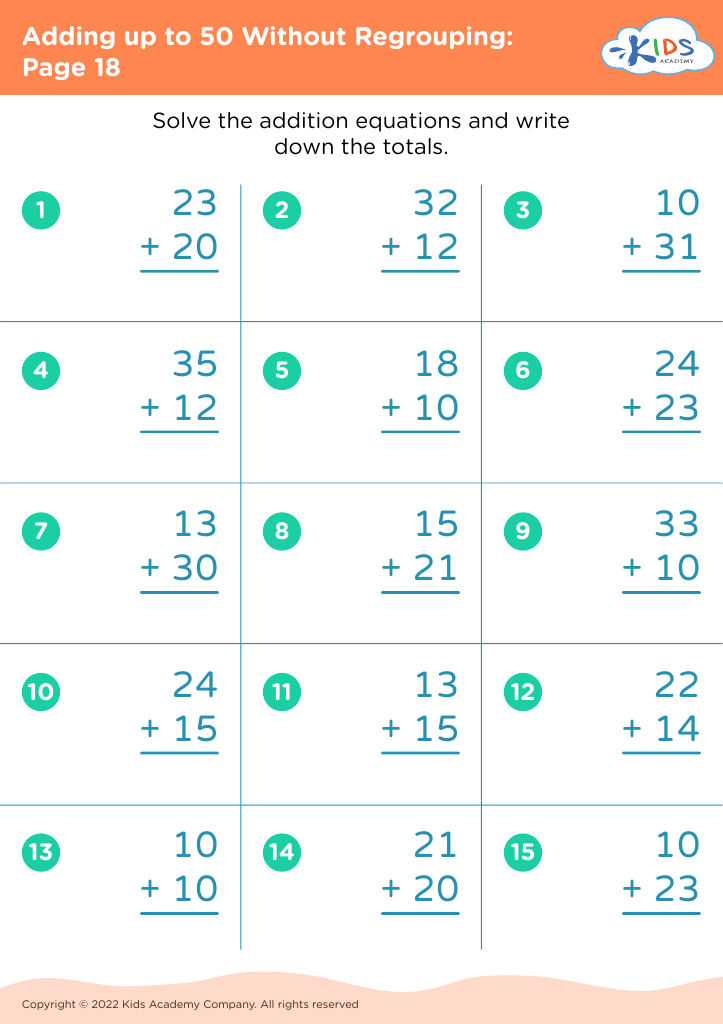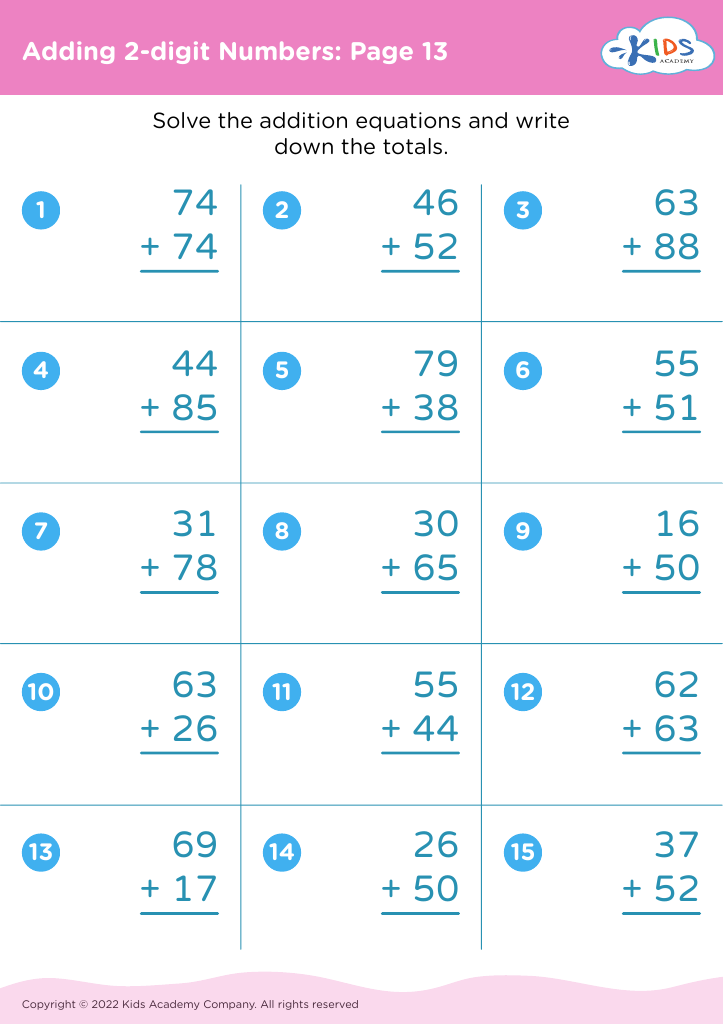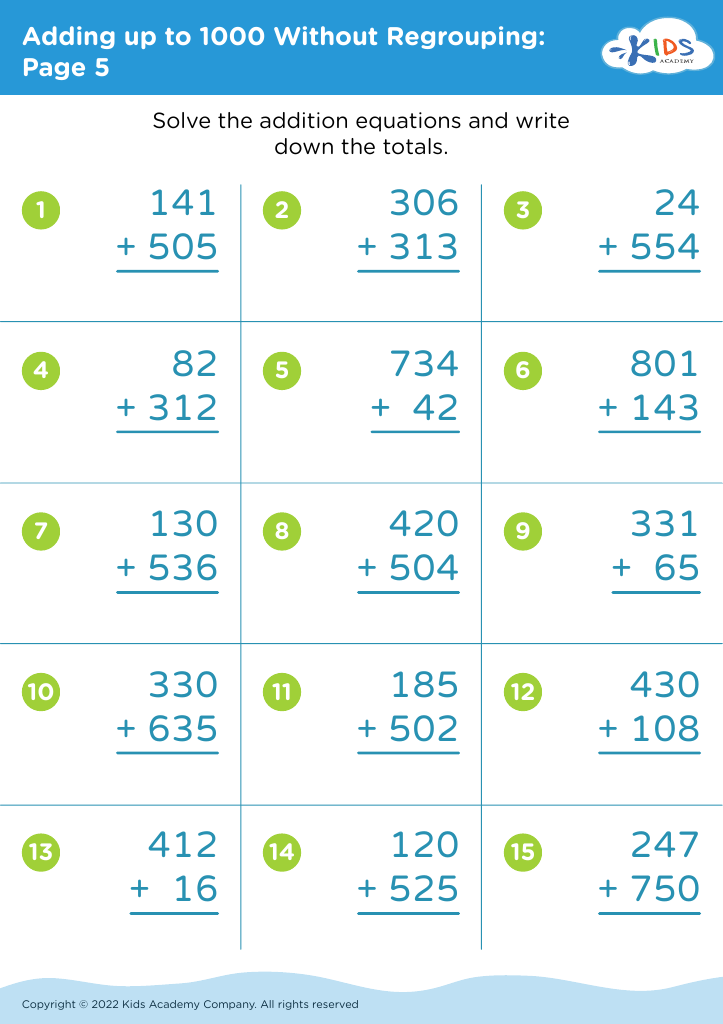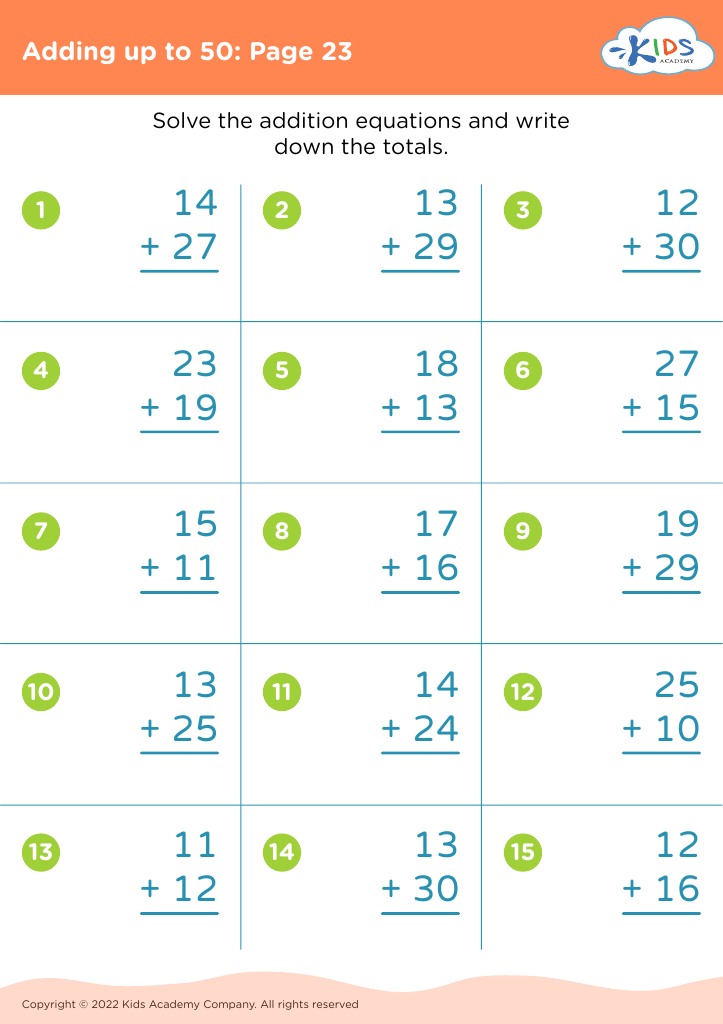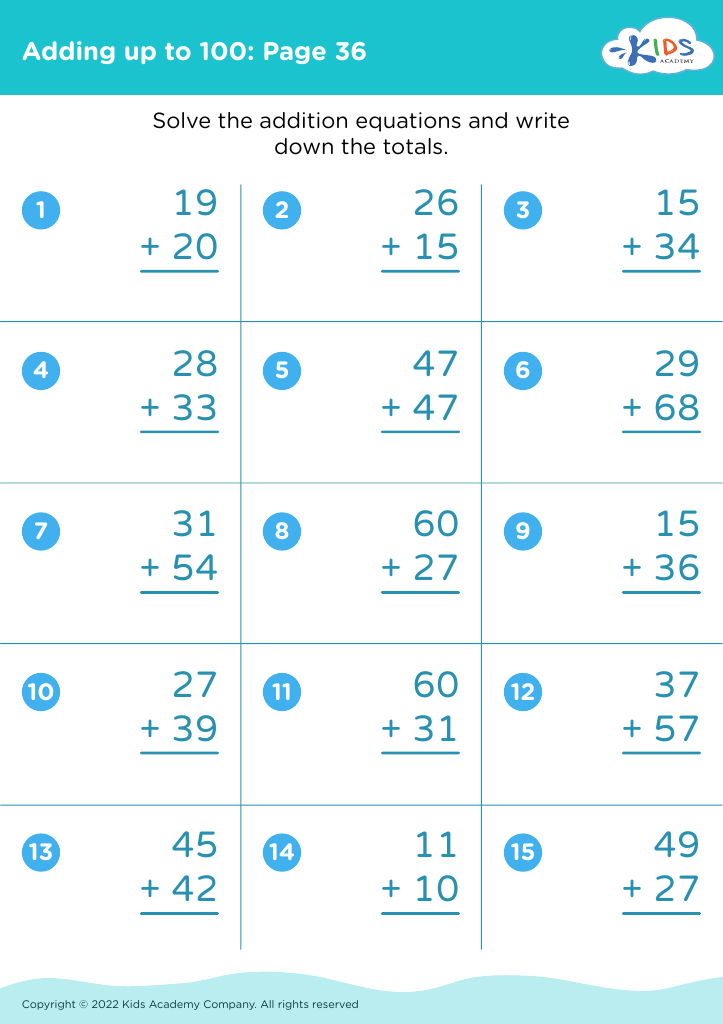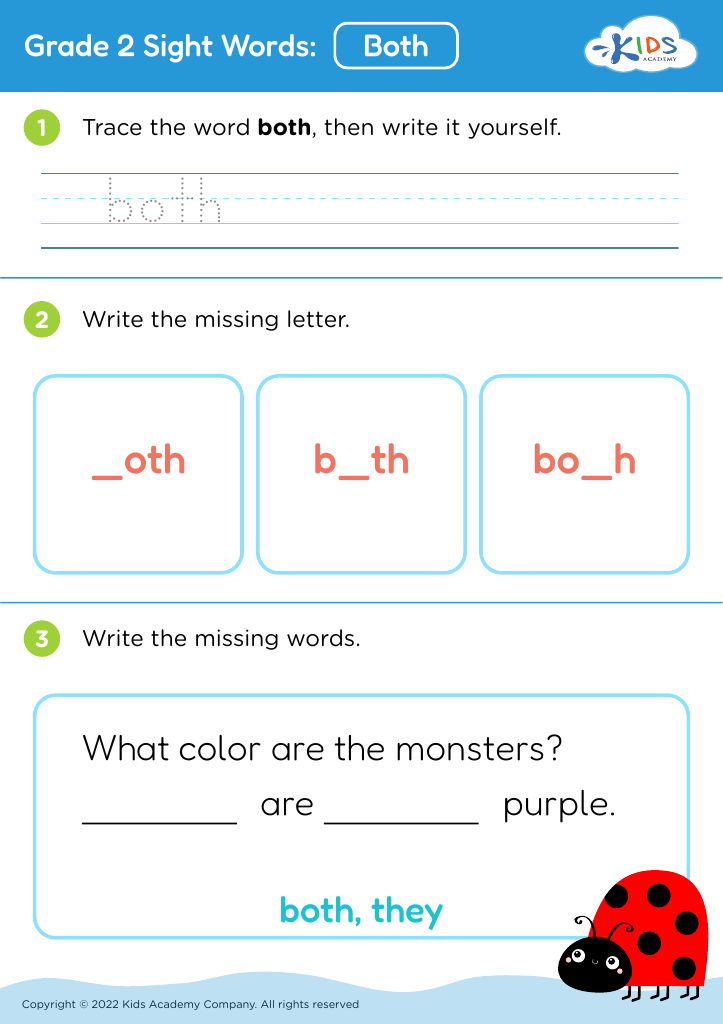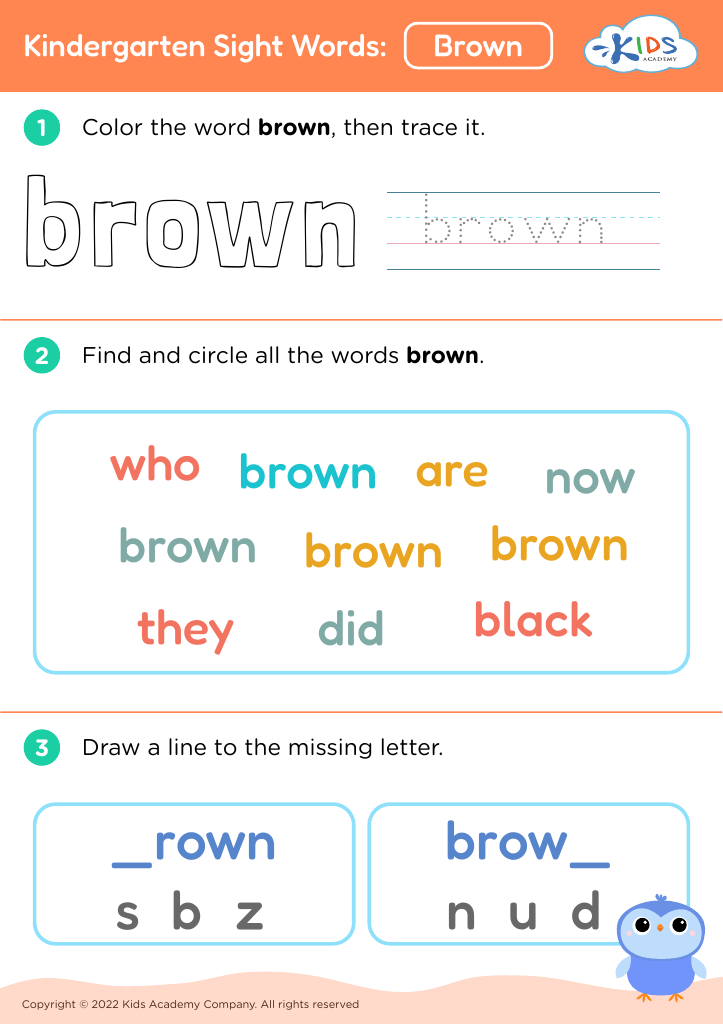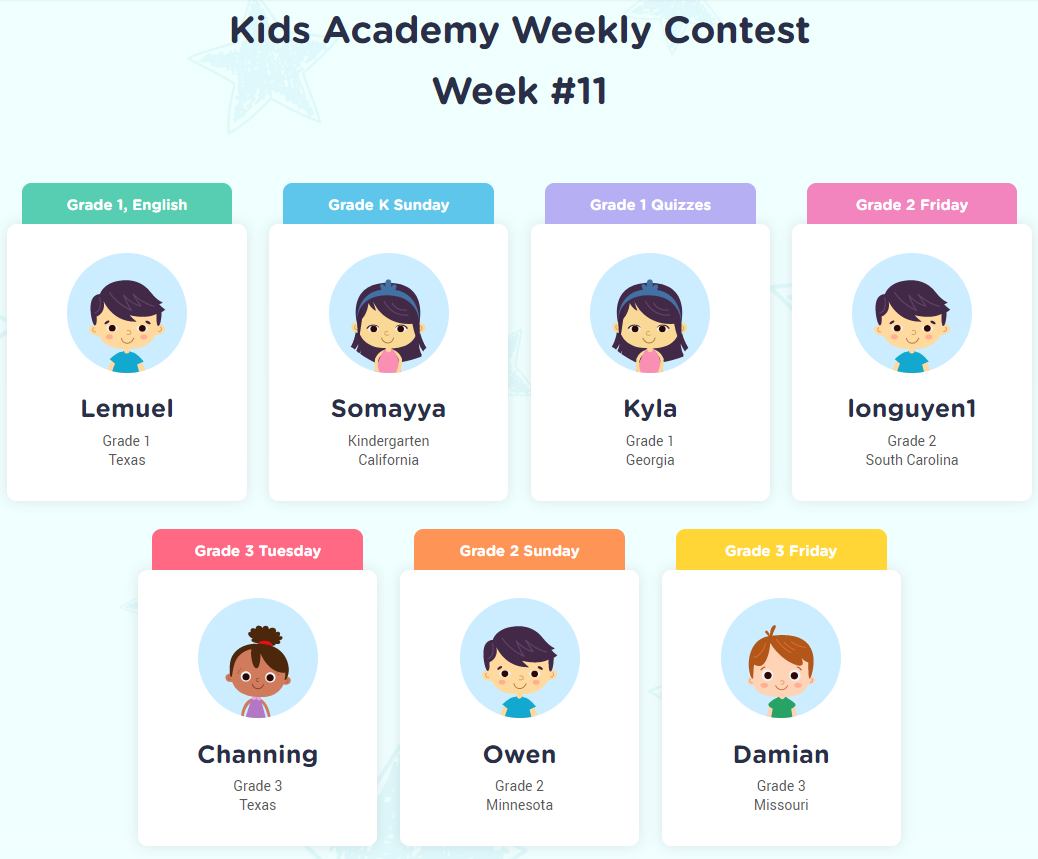Visual representation comprehension Worksheets for Ages 5-9
11 filtered results
-
From - To
Our "Visual Representation Comprehension Worksheets for Ages 5-9" are designed to help young learners grasp complex concepts through engaging visual aids. Each worksheet encourages children to interpret and analyze diverse visual elements, enhancing critical thinking and understanding. Ideal for preschool to lower elementary students, these fun and educational activities cover a wide range of topics and skills. With colorful illustrations and relatable scenarios, our worksheets make learning an enjoyable adventure. Perfect for classroom use or at-home enrichment, our carefully crafted resources support visual literacy and overall academic success. Start building your child's cognitive skills with our expertly designed worksheets today!
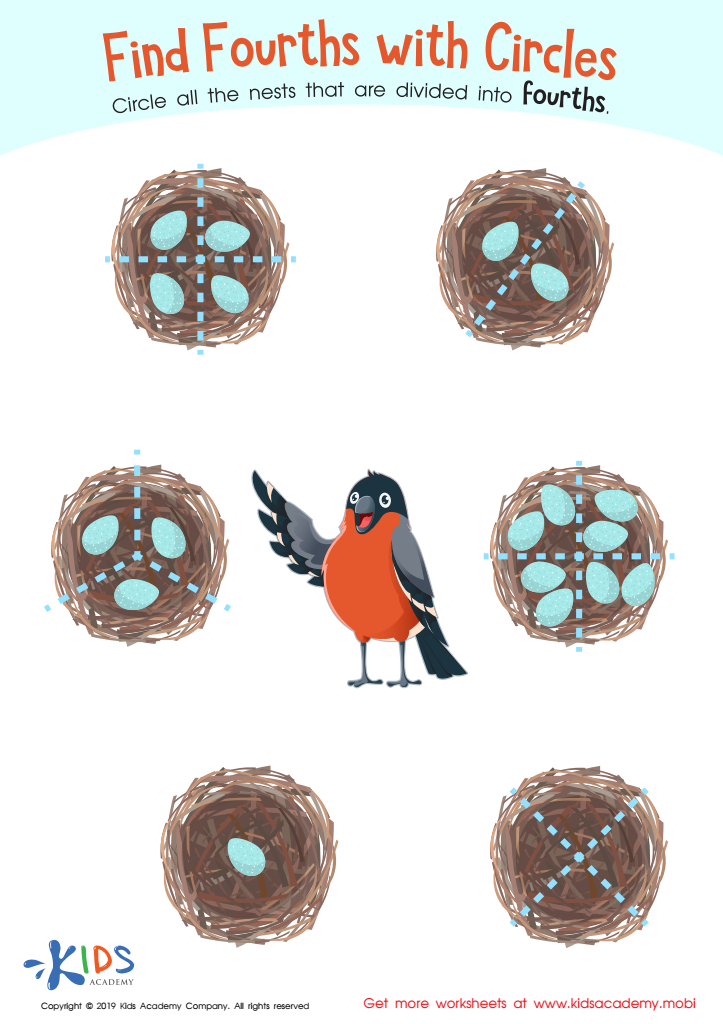

Find Fourths Circles Worksheet
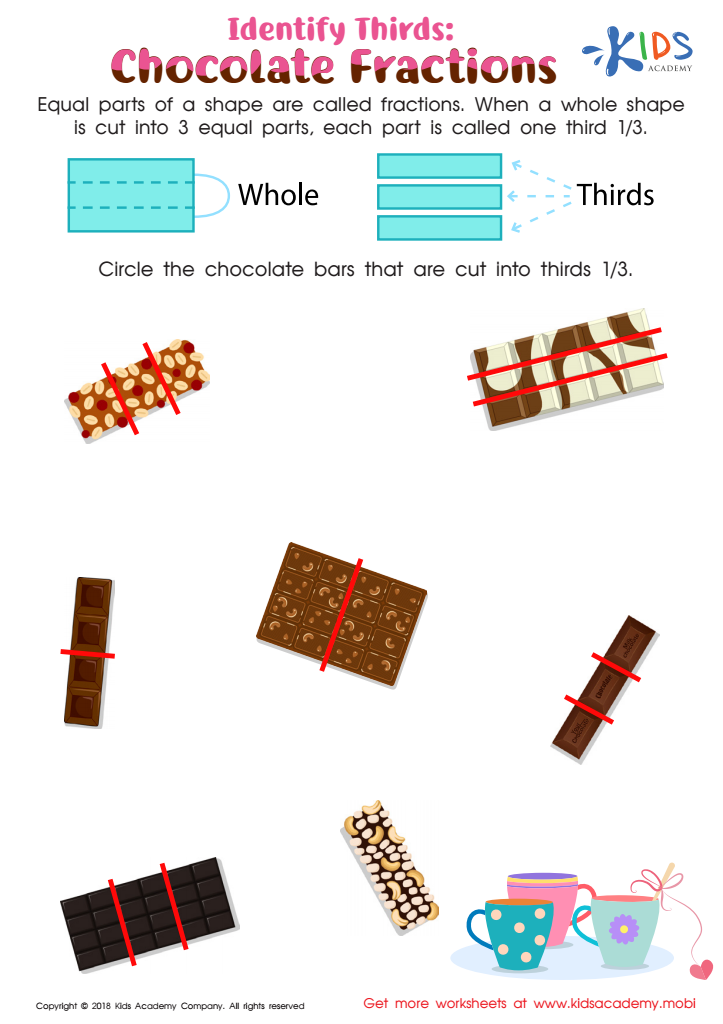

Identify Thirds: Chocolate Fractions Worksheet
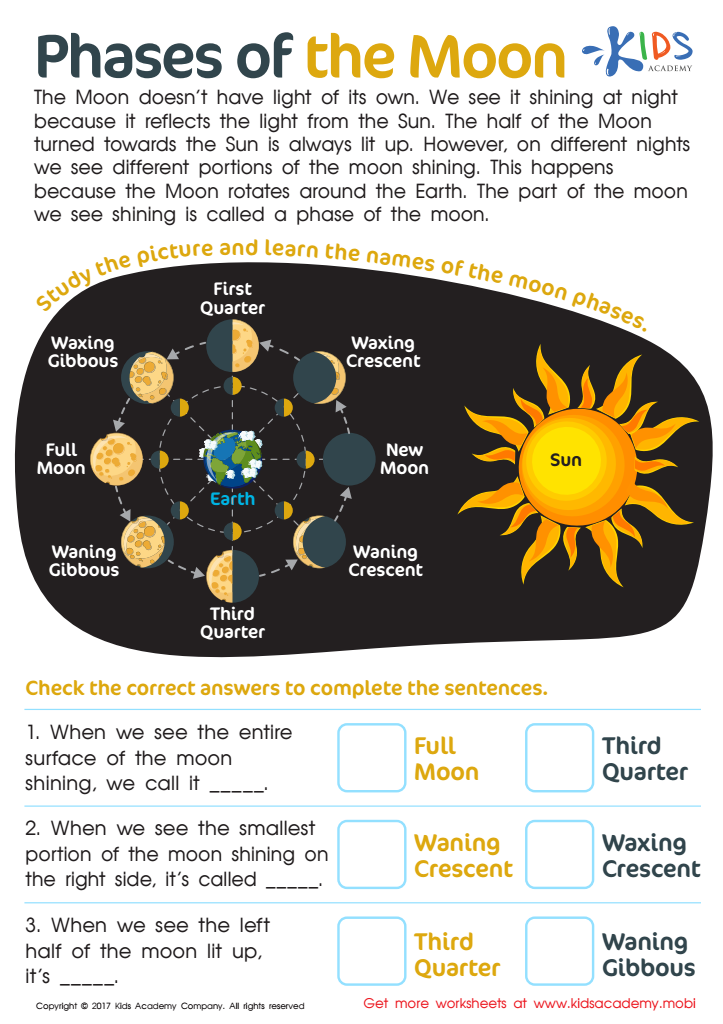

Phases of The Moon Worksheet
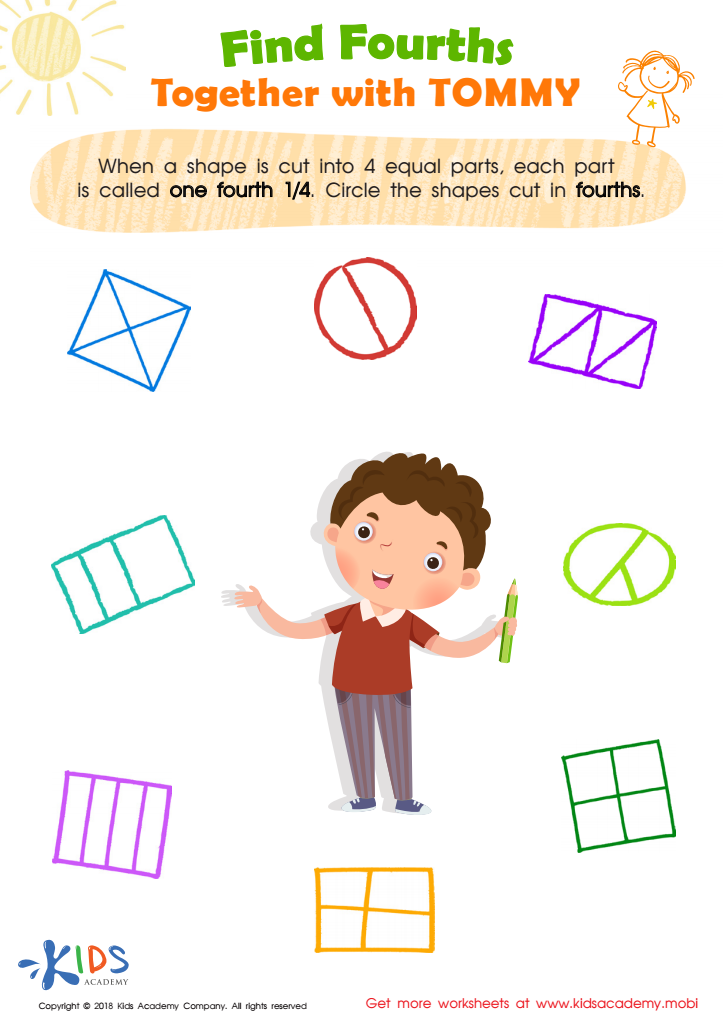

Find Fourths Together with Tommy Worksheet
Understanding visual representation is crucial for children aged 5 to 9 because it forms the foundation of their cognitive development and learning. At this age, children are navigating complex concepts in various subjects, from math and science to literacy and social studies. Visual aids like charts, diagrams, and illustrations help simplify these concepts, making them more accessible and easier to grasp. Furthermore, strong visual representation comprehension enhances a child's ability to interpret information, solve problems, and retain knowledge.
Parents and teachers play a vital role in this developmental stage. By encouraging the use of visual tools, they support diverse learning styles and cater to the needs of visual learners. Visual aids can ignite a child’s imagination, making abstract ideas more concrete and engaging. They also promote critical thinking and creativity, enabling children to understand patterns, relationships, and sequences more effectively.
Additionally, in our increasingly digital world, children are bombarded with visual information. Cultivating visual literacy early on equips them to critically evaluate media messages and enhances their digital literacy. Therefore, fostering visual representation comprehension is not merely an academic concern but a life skill that will benefit children in countless ways as they grow. Parents and teachers should prioritize this aspect of learning to provide a robust, holistic education.

 Assign to the classroom
Assign to the classroom
